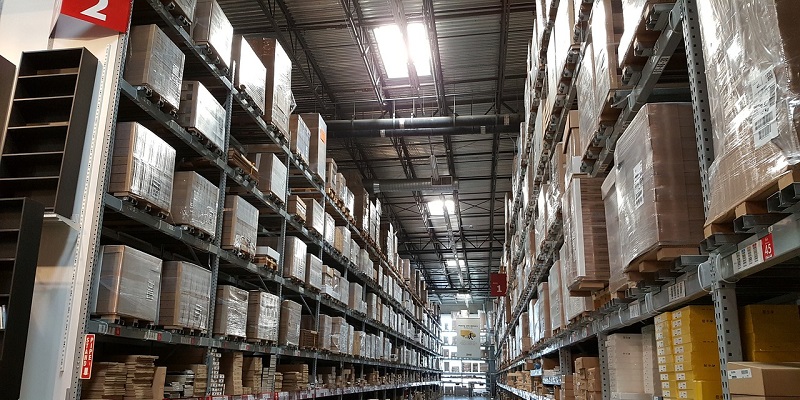Dexterity, a cutting-edge software developer for warehouse robots, has recently announced the release of Palletizing and Depalletizing software (PDP) 3.0. This latest version of their software aims to unlock the full potential of pallet operations in warehouses by introducing a range of new features and capabilities.
Effortless Pallet Operations
PDP 3.0 brings an array of benefits to third-party logistics (3PL) providers, retailers, apparel manufacturers, and other material handlers, making pallet loading and unloading a seamless process. With the new software, these industry players can enhance their efficiency and streamline their pallet operations.
Expanded Automation Abilities
The introduction of cutting-edge features in Dexterity Palletizing and Depalletizing 3.0 significantly expands the automation capabilities of warehouse operators. This empowers them to automate and optimize their pallet operations to a greater extent, improving productivity and reducing costs.
New Features
Palletizing and Depalletizing 3.0 introduces several powerful features that are now available to all Dexterity customers. These include print and apply integration, allowing for seamless labeling and tracking; enhanced pallet stacking functionality for efficient use of space; a rolling cart loading adapter for improved flexibility; fly-by barcode scanning for accurate item tracking; and sortation to pallets to facilitate quick and efficient order fulfillment.
Increasing Flexibility and Utilization
Dexterity has been focused on continuously improving its Palletizing and Depalletizing product since its launch in January 2023. The regular feature releases have boosted the software’s flexibility and utilization rate, enabling warehouse operators to adapt to varying demands and optimize their operations effectively.
Baseline Performance Capabilities
Starting from a strong foundation, Dexterity’s Palletizing and Depalletizing 3.0 software has impressive baseline performance capabilities. It can effortlessly unload messy pallets with mixed goods, handling up to 700 cases per hour (cph). Additionally, the software excels at palletizing random, unsequenced mixed SKU cases at a rate of 350 cph.
Previous Releases and Upgrades
In March 2023, the release of Palletizing and Depalletizing 2.0 introduced essential features such as barcode scanning, label orientation, and a switch for toggling between palletizing and depalletizing within one work cell. These upgrades marked a significant step forward for Dexterity and its commitment to meeting the evolving needs of its customers.
Keeping Pace with Customer Needs
Palletizing and Depalletizing 3.0 demonstrates Dexterity’s commitment to keeping up with customer demands. In today’s dynamic and rapidly changing marketplace, warehouse operators require even greater flexibility in their workspace and the ability to increase throughput and utilization. Dexterity has responded to these needs with an enhanced software version that empowers operators to optimize their pallet operations with ease.
Customer Value
Cary VandenAvond, Chief Revenue Officer of Dexterity, highlights the value provided by Dexterity’s AI software platform, which merges cutting-edge robotic and automation technology to drive significant benefits for customers. With the Palletizing and Depalletizing 3.0 release, Dexterity ensures that customers can fully capitalize on the diverse capabilities of robotics in their pallet operations, thus maximizing efficiency and productivity.
Dexterity’s release of Palletizing and Depalletizing 3.0 signifies a groundbreaking advancement in warehouse operations. The introduction of new features and capabilities enables operators to automate and optimize pallet operations like never before. With a history of delivering regular feature releases, Dexterity continues to support its customers in maximizing flexibility, throughput, and utilization in their warehouse environments. By embracing this latest software version, warehouse operators can unlock the full potential of their operations and stay at the forefront of the rapidly evolving industry.

